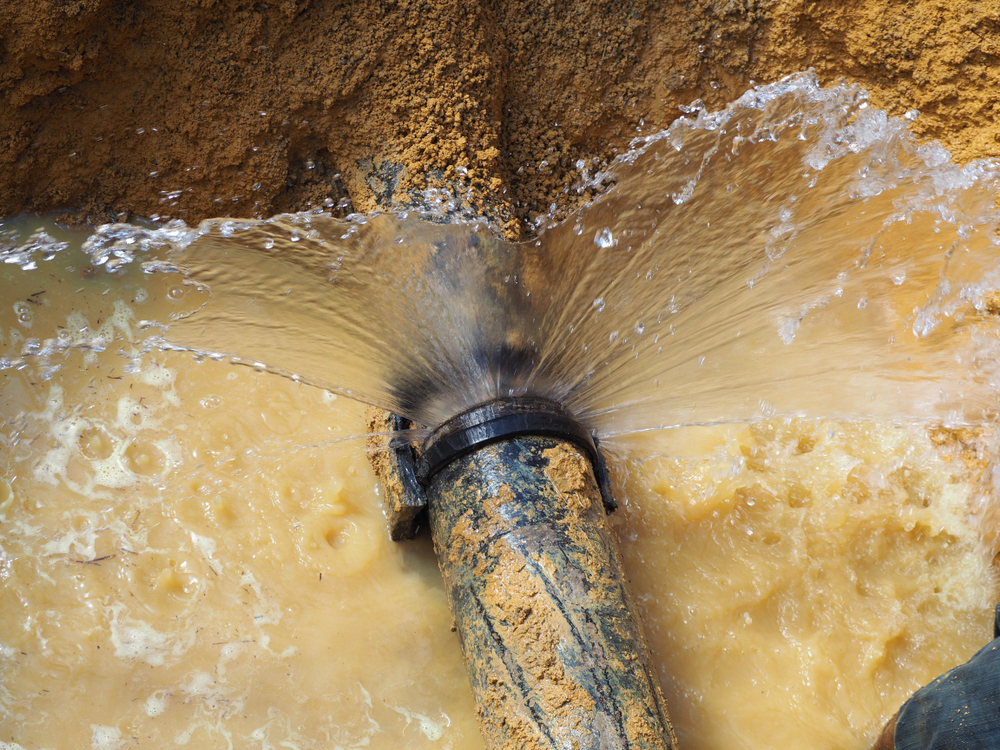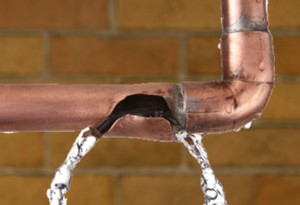Just how do you actually feel about The Do’s And Don’ts When Water Floods Your Home?

What should you do if a water pipeline ruptureds in your residence? The longer you wait, the extra extreme the damage that can happen to your property. For these factors, you require to discover how to act in the occasion of a ruptured water pipe.
Shut Off the Key Waterline Valve
Look for the regional shut-off valve to transform off the water in one specific area just. If you don't recognize where the localized shut-off shutoff is, go for the main water line shutoff and transform it off. Usually, the primary shutoff is discovered outside the residence next to the water meter.
Call Water Damages Restoration Pros for Assistance
After shutting the water source, call the experts for aid. This circumstance is not something you can do some DIY due to the fact that the pipes required to be fixed as well as there is a demand to address the other problems to your residential or commercial property. Seek assistance from a credible company providing 24/7 emergency solutions if you can not deal. With their expert assistance, you can stop a lot bigger water damage including distorted walls, loosened tiles, or damaged structures. Don't take this issue gently and also seek professional assistance for your total comfort as well as a qualified solution.
Document the Damage For Insurance
While you're waiting for the pros to arrive, get some documentation of the damage caused by the errant pipe. Take pictures and video clips of everything. Do close-up shots of the harmed places and also prized possessions. Your paperwork will act as proof for your home owner's insurance policy. Keeping proactive with this situation aids you to sue for insurance coverage, which will certainly additionally sustain you as well as your family to get back on your feet.
Recover Things That Can Be Saved
Once you're done taking images, take a look at the damaged things as well as get the most essential ones from the stack. Dry them off in a dry/warm location away from the damaged location as well as try to maintain them as long as you can. Drag as much moisture as you can to the product so it can start to dry out.
Beginning the Drying Refine
You need to begin the drying out process as soon as possible. The good news is, the water from your waterlines is already clean so you do not have to fret about sewer water. The moving water might have disrupted the dust as well as debris in your carpetings as well as floorboards. In this case, placed some gloves on and also start some troubleshooting. Use buckets to unload out the water. Blot out as much water as you can from the surface areas with old towels. Turn on an electrical fan or open your windows to advertise air flow. These actions will certainly quicken to completely dry as well as hinder mold and also mildew growth.
Experts are the only individuals qualified to examine correctly as well as deal with the burs pipelines and subsequent damages. As constantly, pipelines don't simply instantly break out of heaven. They typically offer silent red flags like bubbling paint, water stains. Unusual noises in the plumbing, caving ceiling, mildewy smell, or peeling off wallpaper. Remember of these indicators and also do some preventive measures so you can nip any type of problems in the bud.
What should you do if a water pipeline ruptureds in your house? For these reasons, you need to discover just how to act in the occasion of a burst water pipe. After shutting the water source, call the experts for aid. With their specialist help, you can avoid much larger water damages consisting of deformed baseboards, loose tiles, or damaged structures. Thankfully, the water from your waterlines is already clean so you don't have to fret regarding sewage system water.
How to Handle a Burst Pipe and Minimize Damage
Steps to Take Ahead of Time
If you own property in an area that experiences cold weather, you need to be aware of seasonal maintenance tasks that will help you protect your property as the weather changes each year. One of the most important steps is to winterize your pipes to ensure they won't freeze or burst when the temperature drops. This includes action items like insulating any exposed pipes, detaching garden hoses and covering outdoor faucets. If the weather gets cold enough, you may even consider leaving a faucet dripping or opening cabinet doors during the coldest parts of the day.
No matter how prepared you might be, accidents and emergencies still happen. You'd be wise to set up a savings account specifically for your property so you have a "rainy day" fund set aside for unexpected expenses. All homes—regardless of age, location or condition—will inevitably need some form of emergency repair.
Steps to Take for Frozen Pipes
A frozen pipe will not necessarily burst, so if you can catch a frozen pipe early on, you could save yourself a major headache. When your area experiences frigid temperatures, be sure to check your plumbing and keep an eye out for warning signs like faucets only releasing small amounts of water or toilets not refilling when flushed. If you do run into one of these issues, you're likely dealing with a frozen pipe.
If this happens, your first step should be to cut off the water supply to that section of the plumbing. Expanding and freezing water can quickly cause damage. Even if the water supply is shut off, you will likely still deal with some leaking from the water that defrosts after the pipe has thawed. Be prepared with a mop, bucket and/or towels to quickly soak up any excess water.
In order to thaw a frozen pipe, you can use a space heater, infrared or incandescent heat lamp, or even a hairdryer to warm up the frozen area. Heat tape is also an option and should be used according to manufacturer instructions. Do not use any sort of open flame to thaw frozen pipes, as it poses a major fire hazard and can damage your pipes further.
Steps to Take for a Burst Pipe
Water damage claims are the second most common insurance claim in the U.S. When you're dealing with a frozen pipe, the water continues to expand as it freezes, which creates pressure that can cause a pipe to burst. When this happens, the crack or leak in the pipe allows water flow from the pipe to enter your home where it shouldn't. If a pipe does burst, you need to act quickly to mitigate property damage and repair cost.
Your very first step should be to shut off your main water supply to minimize flooding—typically the most expensive damage to address. Once you've shut off the water supply, make sure you identify the entire area that has been impacted by the leak. Remove as much water as possible—as quickly as possible—using a mop, sponges, towels or a shop vacuum or wet/dry vacuum. To prevent long-term damage due to moisture build-up, run a dehumidifier or fan in the affected area. Contact a licensed plumber to ensure the pipe is correctly repaired before running any water to that section of the home again. Burst pipes and the associated water damage are something you absolutely want to avoid as a property owner. If you've had to learn your lesson the hard way, don't let yourself get caught in a similar situation during the next spell of cold weather. The best way to deal with frozen or burst pipes is to prevent them in the first place—proactive winter maintenance will save you time, money and a whole lot of stress.

Do you really like reading about Water Damage Restoration Do’s And Don’t? Place feedback down the page. We will be delighted to see your opinions about this post. We hope that you come back again in the near future. Enjoyed reading our posting? Please share it. Let other people check it out. We love reading our article about Quick Tips To Help Deal With Water Damage.